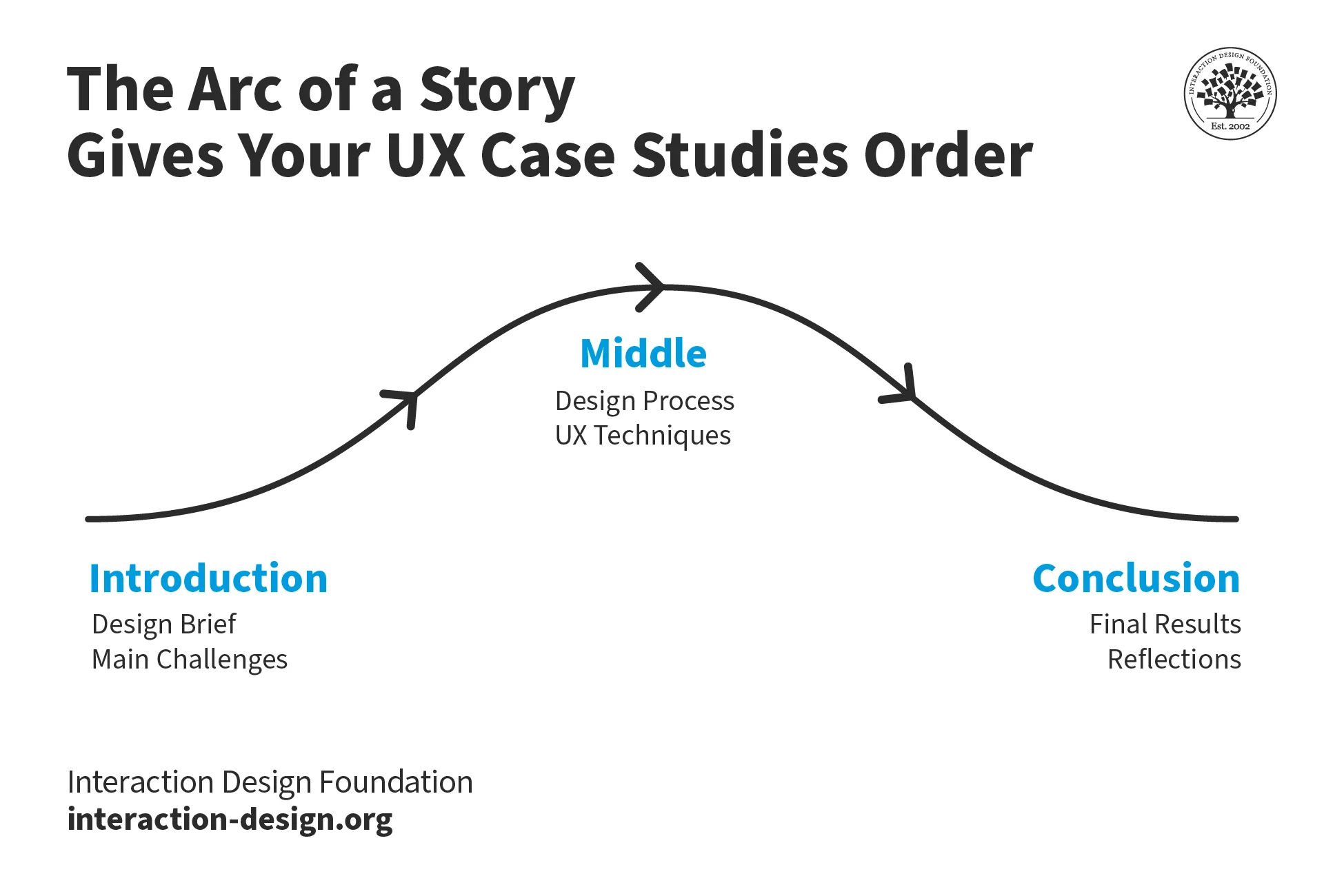Storytelling is powerful. It captures attention and persuades.
In the business world, storytelling isn’t just for novels or films. It’s a tool to make your case studies engaging and impactful. Case studies are essential for showcasing success and building trust. But a dry, factual report won’t always captivate your audience.
By weaving narrative arcs into case studies, you create a compelling story that resonates. This approach highlights real-life challenges and solutions in an engaging way. It humanizes your data, making it relatable and memorable. In this blog, we’ll explore how to incorporate storytelling techniques into your case studies. You’ll learn to turn facts into stories that sell. Let’s dive in and discover the art of narrative in business.
Importance Of Storytelling In Business
Storytelling is more than just an art; it’s a powerful business tool. When you tell a story, you connect with your audience on a deeper level. It’s about making your message memorable and engaging.
Building Connections
Stories have the power to build connections. They can make your brand relatable. Think about a time you felt moved by a story in an advertisement. You likely remembered that brand.
Using stories in case studies can help your audience see themselves in your narrative. They start to believe that your product or service can solve their problems too. This connection fosters trust and loyalty.
Enhancing Engagement
Engagement is critical for any business. A good story can captivate your audience. It holds their attention and keeps them interested.
Consider using a narrative arc in your case studies. Start with the challenge, introduce the solution, and end with the success. This structure makes the information more digestible and enjoyable.
Ask yourself: How can you transform your data into a compelling story? Focus on the human element. Share real experiences and outcomes. Your audience will appreciate the authenticity.
Storytelling in business is not just about making a sale. It’s about creating an emotional connection. It’s about showing your audience that you understand their journey and can guide them to success.

Credit: sopro.io
Elements Of A Compelling Narrative
Crafting a compelling narrative involves using relatable characters, engaging plots, and clear resolutions. These elements create emotional connections and make case studies more persuasive and memorable.
Crafting a compelling narrative within a case study can elevate it from a mere presentation of facts to a gripping story that resonates with your audience. People naturally connect with stories. They remember them better, relate to them on a personal level, and are more likely to be influenced by them. Let’s delve into the key elements that make a narrative truly compelling.Character Development
Every great story starts with strong characters. In your case study, the characters are usually your clients or customers. Describe their background briefly. Who are they? What are their goals and challenges? Make them relatable. Show their journey. Highlight their emotions and decisions. This helps your readers see themselves in the characters’ shoes.Conflict And Resolution
No story is complete without conflict. It’s the tension that keeps readers engaged. In your case study, the conflict is the problem your client faced. Detail the problem. Why was it significant? How did it affect your client’s business or life? Then, transition to the resolution. Describe how your product or service solved the problem. Be specific. Use data or quotes to support your claims. Think about the last time you faced a significant challenge. How did you feel once you overcame it? Use that personal experience to add depth to your narrative. Engage your readers with a question. Have you ever faced a similar challenge in your business? How did you resolve it? This prompts them to reflect and connect more deeply with your story. Remember, the goal is to create a narrative that is not just informative but also emotionally engaging. By focusing on character development and conflict resolution, you can transform your case study into a powerful storytelling tool.Crafting Case Studies With Stories
Crafting case studies with stories is a powerful way to engage readers. People remember stories better than dry facts. By weaving narrative arcs into your case studies, you make them more relatable. This approach helps highlight key moments and showcases real-world applications. Let’s dive into how to craft compelling case studies using storytelling.
Identifying Key Moments
Start by pinpointing pivotal moments in your case study. These are the turning points that drive the story forward. Key moments can be a challenge faced, a solution found, or a major success. They add depth and keep the reader interested. Identify these moments early to build your narrative around them.
Structuring The Narrative
A well-structured narrative has a clear beginning, middle, and end. The beginning sets the stage and introduces the main characters or entities. The middle delves into the challenges and solutions. The end showcases the results and lessons learned. This structure helps readers follow the story easily.
Use vivid descriptions and real quotes to bring your case study to life. Highlight emotions and reactions to make the story relatable. Ensure each section flows smoothly into the next. This creates a cohesive and engaging narrative that readers will remember.

Credit: www.interaction-design.org
Measuring The Impact
One of the most crucial steps in utilizing storytelling within case studies is measuring the impact. Without measuring, you won’t know if your narrative arc is resonating with your audience or driving business results. Understanding the effect of your storytelling helps you refine your approach and achieve better outcomes.
Analyzing Audience Response
Start by examining how your audience engages with the story. Look at metrics like time spent on the page, social shares, and comments. These indicators reveal whether the narrative captures attention.
Pay attention to qualitative feedback as well. What are people saying about your case study? Are they sharing personal anecdotes or reactions? These insights can be goldmines for understanding emotional engagement.
Consider running A/B tests. Compare a storytelling approach to a more straightforward case study. Which version drives more interaction? This data can help you fine-tune your storytelling strategy.
Evaluating Business Results
Beyond audience engagement, you need to look at the business results. Track metrics like lead generation, conversion rates, and sales. Are your storytelling case studies leading to tangible business outcomes?
Use tools like Google Analytics and CRM software to trace the customer journey. Did the case study play a role in their decision-making process? This can validate the effectiveness of your narrative.
Don’t forget to measure long-term impact. Are customers who were influenced by a case study more loyal or likely to make repeat purchases? These are valuable insights that can shape future strategies.
By closely analyzing both audience response and business results, you can ensure your storytelling efforts are not just engaging but also effective. How will you measure the impact of your next case study narrative?

Credit: www.quantified.ai
Frequently Asked Questions
What Are The 5 C’s Of Storytelling?
The 5 C’s of storytelling are Character, Conflict, Context, Climax, and Conclusion. These elements create engaging and memorable stories. Characters drive the plot, conflicts create tension, context sets the scene, the climax is the turning point, and the conclusion resolves the story.
What Are The 5 P’s Of Storytelling?
The 5 P’s of storytelling are People, Place, Plot, Purpose, and Point of view. They create compelling and engaging narratives.
How Do You Use Storytelling In Sales?
Use storytelling in sales by sharing relatable customer success stories. Highlight problems, solutions, and positive outcomes. Engage emotions and build trust.
How To Narrate A Case Study?
To narrate a case study, introduce the subject, describe the problem, present the solution, and highlight the results. Use clear, concise language. Include relevant data and quotes to support the narrative. Keep the reader engaged with a logical flow and compelling storytelling.
Conclusion
Crafting stories into case studies makes your message memorable. People love stories. They connect with them. They remember them. Use clear, simple narratives. Highlight real challenges and real solutions. Show the journey. Engage your readers. Make them see the value.
Help them relate. Storytelling sells. Implement these tips and watch your case studies shine. Your audience will thank you.
